The design of a car and its safety features can help to protect adult occupants in a crash. It also helps to reduce the severity of or even avoid a crash with others, including vulnerable road users. Active safety features can help to prevent or reduce the severity of a crash.
For example, the Maruti Suzuki S-Presso, received a rating of zero stars for failing to protect passengers in a head-on collision. While such a car has been banned in Europe, it’s one of many cars sold in markets with relaxed safety standards like Nigeria.
It is important to note that one can’t just buy a car without doing due diligence in knowing how safe it is. There are certain important safety features you should look out for before buying a car, especially new models. These features will ensure good protection in case of a crash.
Reversing Camera
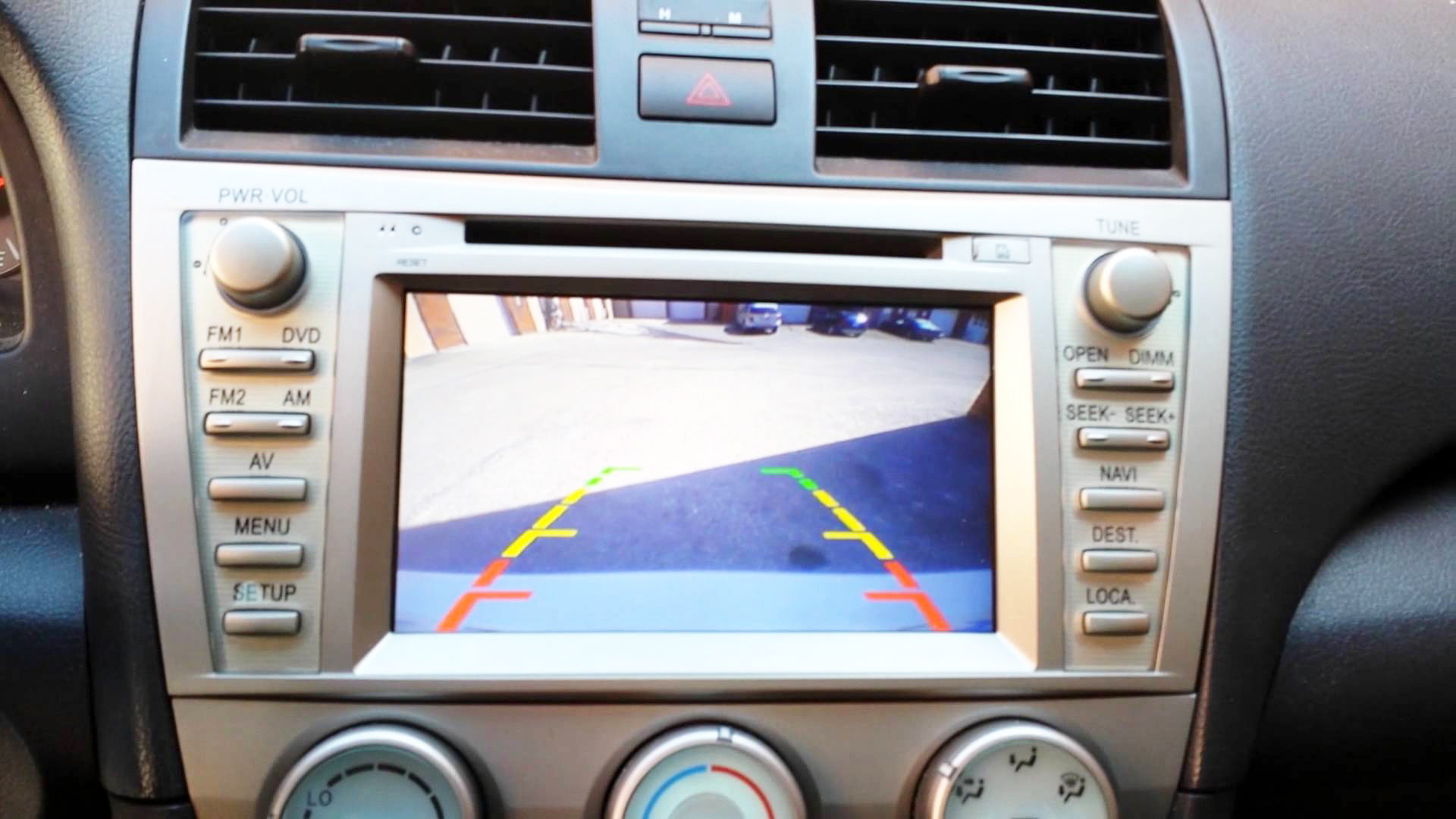
Reversing Camera technology is used to provide you with visibility behind your vehicle. The RC is made up of a camera and a display monitor. When your car is in reverse, the camera located at the rear of the vehicle activates to show what is behind your car on the monitor. These cameras can help to view objects that may not be visible through head checks and using your reversing mirror.
Auto Emergency Braking
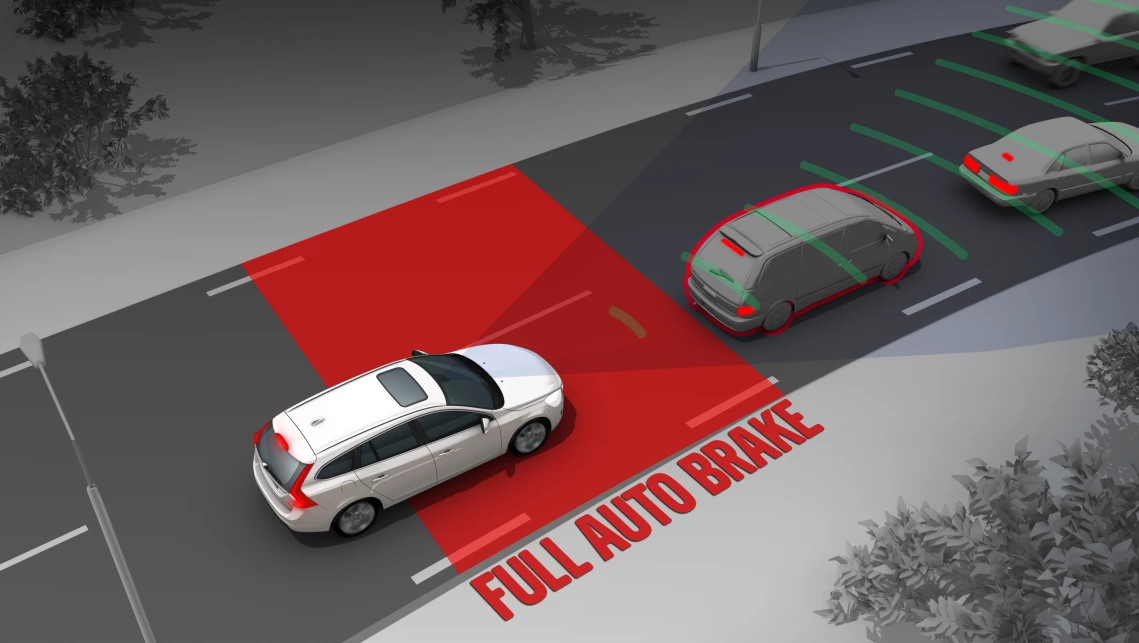
Auto Emergency Braking technologies are designed to detect objects in your vehicle’s path and brake automatically when you can’t. AEB is technology designed to apply your car’s brakes when you can’t to help avoid or reduce the severity of a crash. The technology can potentially help lessen the impact of a crash and in some circumstances even prevent the crash from happening. AEB is very important because it has been shown to reduce rear end crashes by 38%.
Air Bags
Airbags are inflatable cushions built into a vehicle that protect occupants from hitting the vehicle interior or objects outside the vehicle. They are also known as supplementary restraint systems (SRS) or supplemental inflatable restraint (SIR). Airbags provide crucial cushioning for people during a crash. They’re normally hidden but inflate instantly when a crash begins. Airbags are very simple but also amazingly clever, because they have to open up at over 300 km/h (200mph)—faster than a car can crash. In a car, Airbags are in two kinds – front airbags and side airbags
Front Airbags
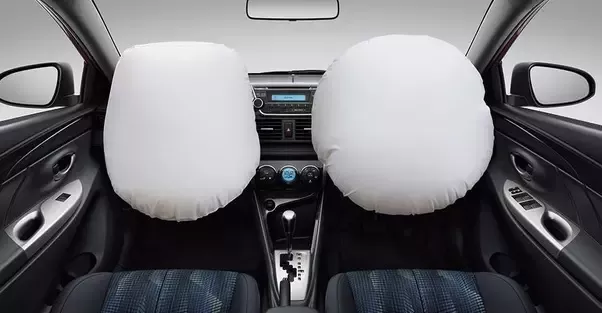
Front airbags are designed to inflate in moderate to severe frontal crashes to prevent a person’s head and chest from contacting hard structures in the vehicle. They offer the most protection when occupants are wearing safety belts and sitting properly in the seat but are designed to provide protection for all occupants. Front airbags have been required in all new passenger vehicles since the 1999 model year. Far-side airbags keep drivers and front-seat passengers from hitting each other in a crash.
Curtain Airbags
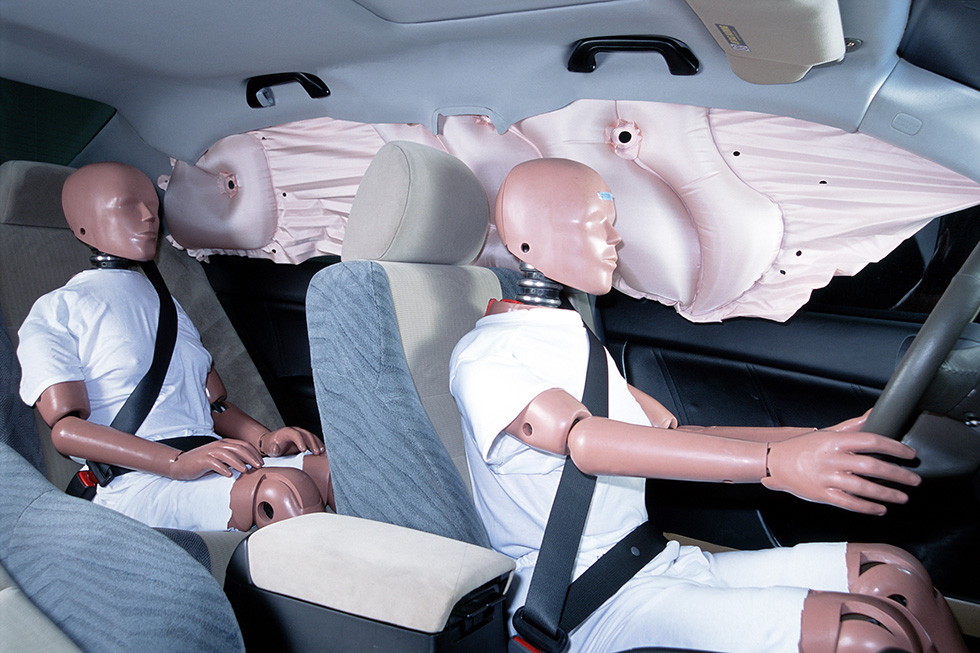
Curtain airbags, also known as side-impact airbags, are safety devices installed in the doors of some cars to help keep you safe in the event of an accident. They are side airbags that protect the head and reduce the risk of head injury in a crash. Without them there is little to protect your head from hitting the side of the car or being impacted by objects that you have collided with. Side impact crashes account for approximately 22% of all major crash types where people are killed or seriously injured. Curtain airbags are activated in side impact crashes, for example t-bone crashes, or collisions with trees and poles.
Knee Airbags
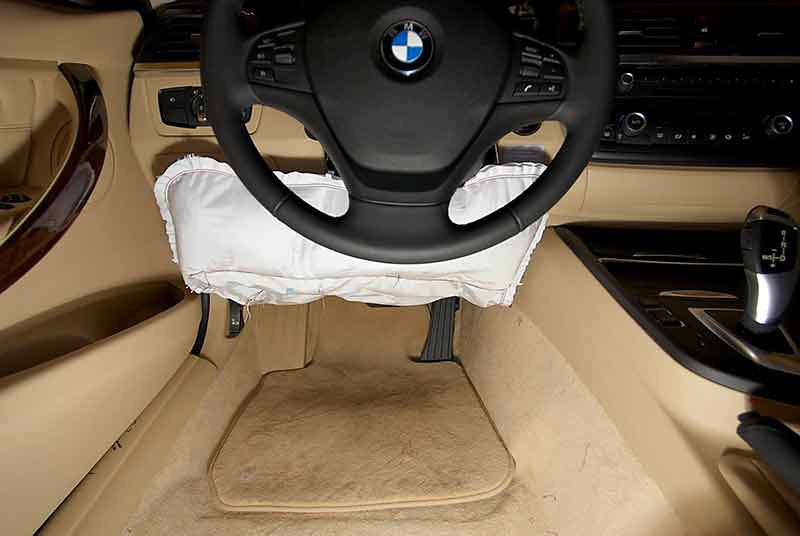
Recent car models are beginning to have knee airbags, mounted below the steering wheel. Knee airbags are intended to distribute impact forces to reduce leg injuries.
Tire Pressure Monitoring System
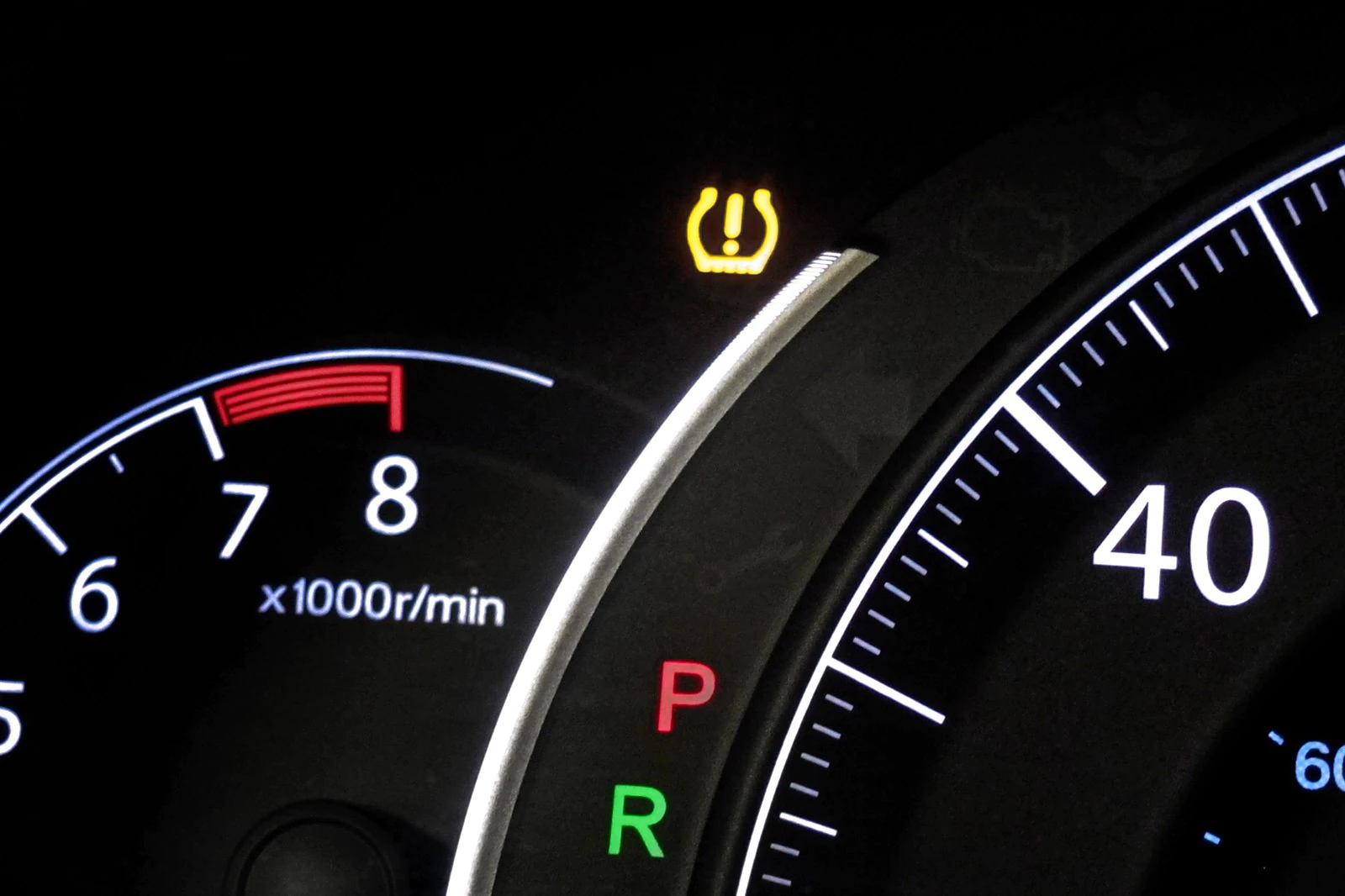
The purpose of the tire pressure monitoring system (TPMS) in your vehicle is to warn you that at least one or more tires are significantly under-inflated, possibly creating unsafe driving conditions. The TPMS low tire pressure indicator is a yellow symbol that illuminates on the dashboard instrument panel in the shape of a tire cross-section (that resembles a horseshoe) with an exclamation point. A TPMS warning light isn’t required to come on until a tire is 25 percent below the manufacturer’s recommended tire pressure.
Electronic Stability Control (ESC)

Electronic stability control also called Vehicle Stability Control (VSC) is an automatic system in your car that is designed to help keep you on course when steering. It also becomes active if you lose control of your car. It helps prevent loss of control in curves and emergency steering maneuvers by stabilizing your car when it begins to veer off your intended path. It’s on when you turn on your car and will activate when it detects you may be losing control.
ESC is proven to be effective in reducing the occurrence of single vehicle and roll over crashes. According to some reports, Vehicles fitted with ESC are involved in 32% fewer single-vehicle crashes and 58% fewer roll-over crashes that result in driver injury.
Lane Departure Warning system
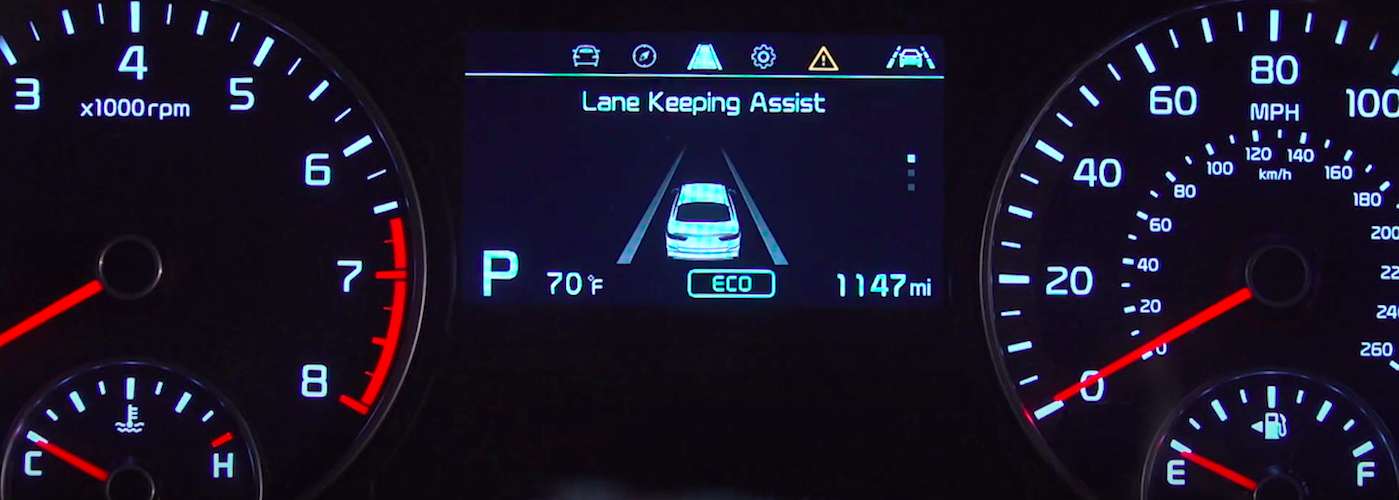
As the name suggests, Lane Departure Warning system warns the driver from drifting away from a lane. It uses cameras or a screen on your dashboard to tell if you’re drifting out of lane. It will alert you via a sound, visual display or vibration that your car is about to veer out of your lane. These systems are only a warning and you are still required to take action and steer back into the driving lane.
Lane Keep Assist
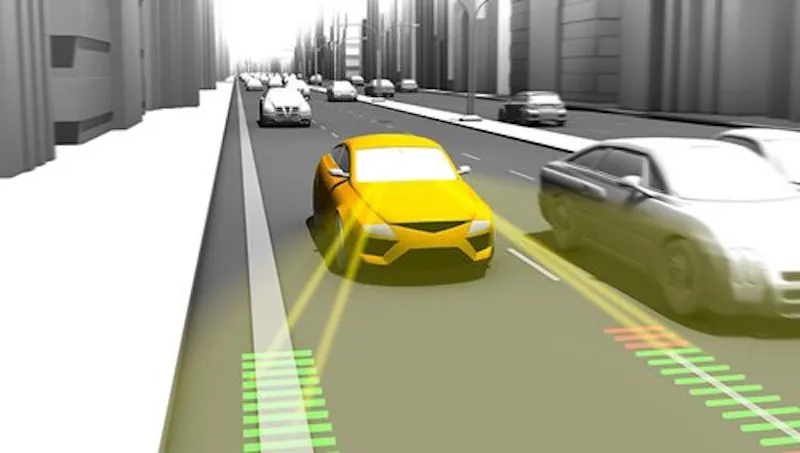
Lane Keep Assist uses the same technology as Lane Departure Warning, with an added feature. If you don’t take action of going back to your lane, the feature will gently steer you back into your lane. The system will disengage, taking control of your steering wheel when the indicator is in use. Lane keeping technologies are important because they have the potential to reduce the occurrence of run-off-road and head-on crash types by 25-40%.
Driver Attention Detection
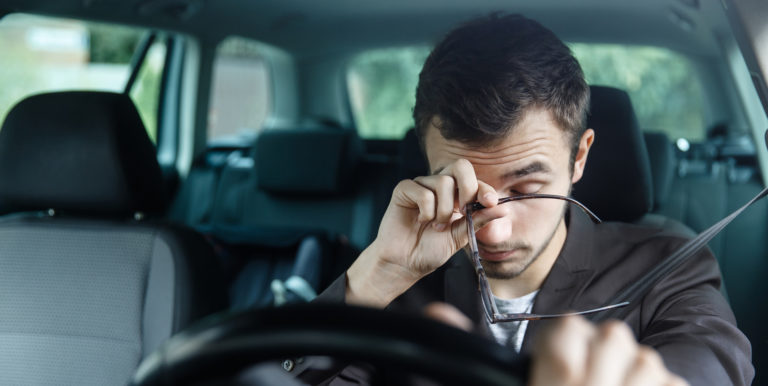
Driver Attention Detection, sometimes known as fatigue detection, is a safety technology that uses different types of information to detect drowsiness, including steering wheel movements and length of time driving. It is designed to warn you that you are fatigued or are at risk of becoming drowsy. It will alert the driver to take a break via an alert on the dashboard and a sound. As much as technology is good, it is best to avoid driving entirely when feeling fatigued or sleepy rather than relying on technology.
Blind Spot Warning
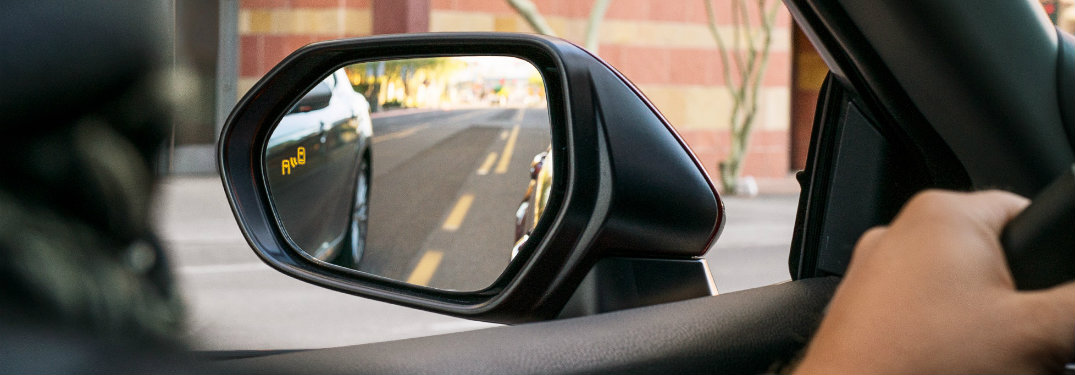
It is also called Blind Spot Assist, Blind Spot Information System, Blind Spot monitor. Found in different parts of the rear of a car according to the car barnd, Its job is to detect vehicles you can’t see that are next to or behind your car and warn you when they are in your blind spots, when changing lanes. When the system detects a vehicle driving in an adjacent lane approaching the rear of the driver’s vehicle, it notifies the driver with an indicator. If the driver activates the turn signal in this situation, the system alerts the driver with a chime and continuously flashes the indicator light to assist the driver in avoiding a collision.
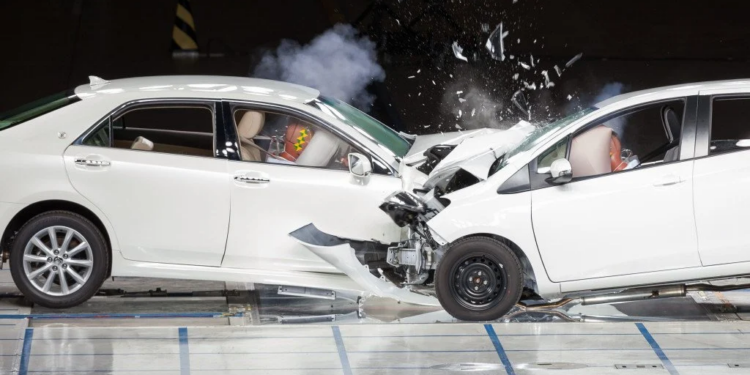
Discussion about this post